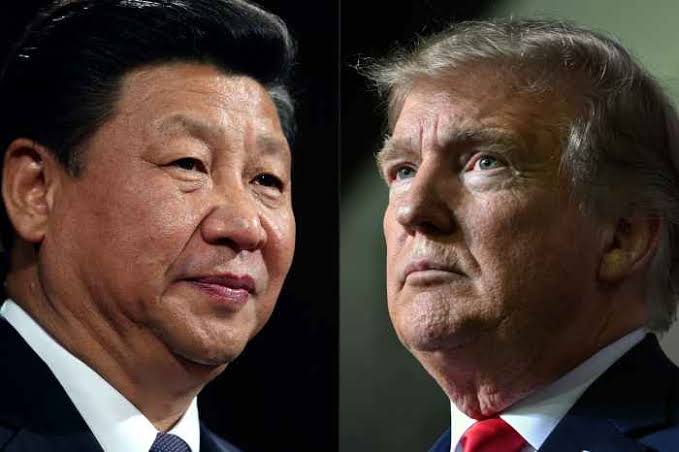The economic standoff between the United States and China intensified dramatically this week, as Beijing announced a steep 84% tariff on American imports starting Thursday. The decision comes in direct response to US President Donald Trump’s imposition of a massive 104% tariff on Chinese goods.
China Intends No Interest of Negotiation
Amid this rising tension, China firmly declared its intent to “fight to the end,” signaling no interest in entering into trade negotiations with the White House at this stage. While many countries have opened talks with Washington, Beijing has instead chosen a path of sharp retaliation, escalating the dispute.
China’s Ministry of Commerce, in a strongly worded statement, said it possesses “ample means and firm resolve” to counter any further restrictions imposed by the US. “We won’t surrender to economic coercion,” the ministry noted, reinforcing China’s commitment to respond decisively if tensions continue to rise.
China Adds US Firms to Control List
In addition to raising import tariffs from 34% to 84%, Chinese authorities have added 12 American firms to their export control list and designated six as part of its “unreliable entities” registry. China also signaled further controls on key rare earth minerals used in high-tech sectors like electric vehicles and semiconductors.
Trump’s most recent tariff salvo came into effect Wednesday, marking a sweeping move to tax nearly all major trading partners particularly those running a trade surplus with the US at a minimum of 10%. The 104% levy on Chinese products, however, remains the most aggressive measure so far.
Financial Market Drops
Financial markets have reacted sharply. US stocks have suffered steep losses over four consecutive days, with the S&P 500 falling below the 5,000 mark for the first time in nearly a year. The index has now dropped about 19% from its recent peak and risks entering bear market territory if losses continue.
At the WTO, China strongly condemned Washington’s latest move, calling it a “reckless escalation” that endangers global trade stability. Beijing argued that reciprocal tariffs are not a viable solution to trade imbalances and warned of blowback on the US economy itself.
Premier Li Qiang’s Stance
While the US maintains that these tariffs are meant to protect domestic industries and fix long-standing trade disparities, China has dismissed those arguments. Premier Li Qiang reiterated that Beijing is well-prepared to counter external pressures and remains confident in China’s economic prospects for 2025.
Trade figures from 2024 show the scale of imbalance: Chinese exports to the US totaled $440 billion, while American exports to China were just $145 billion. With both sides digging in, the global economy now faces uncertainty over how far this trade war may go.


